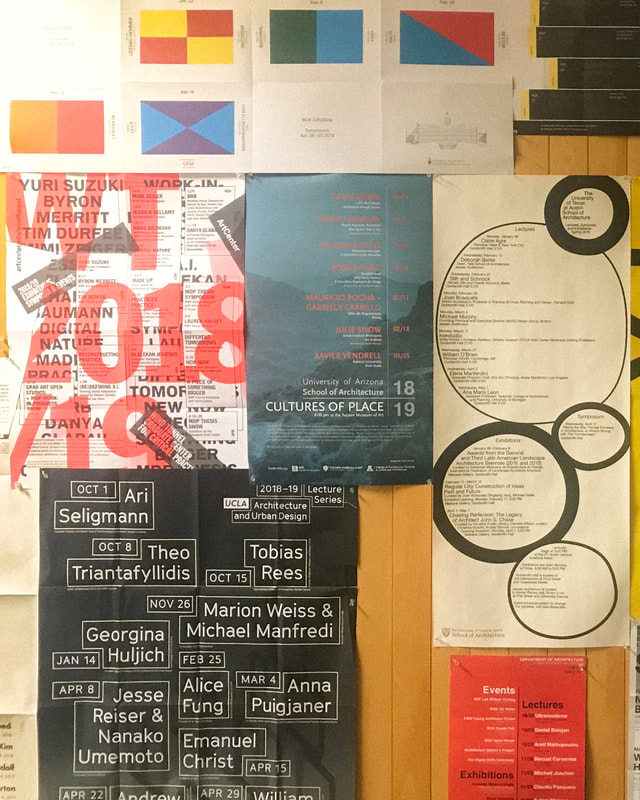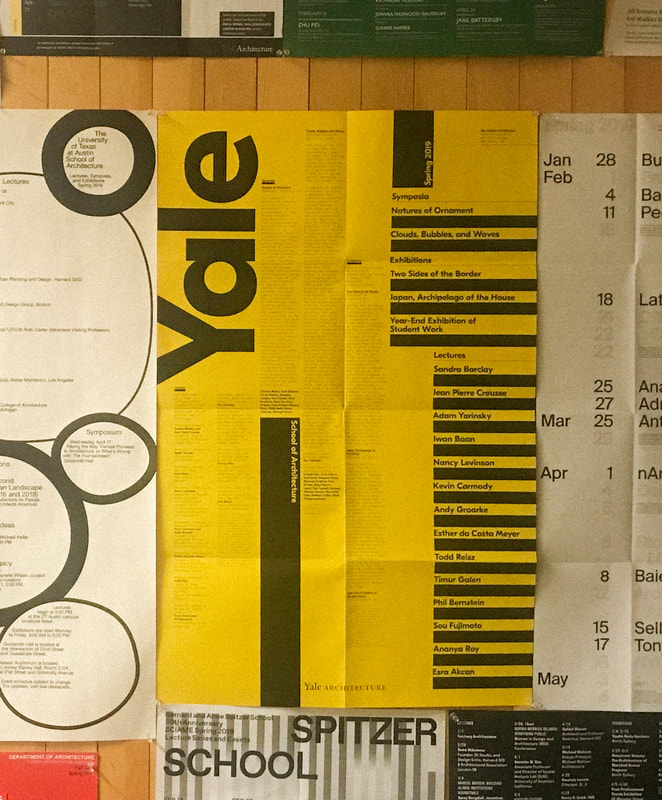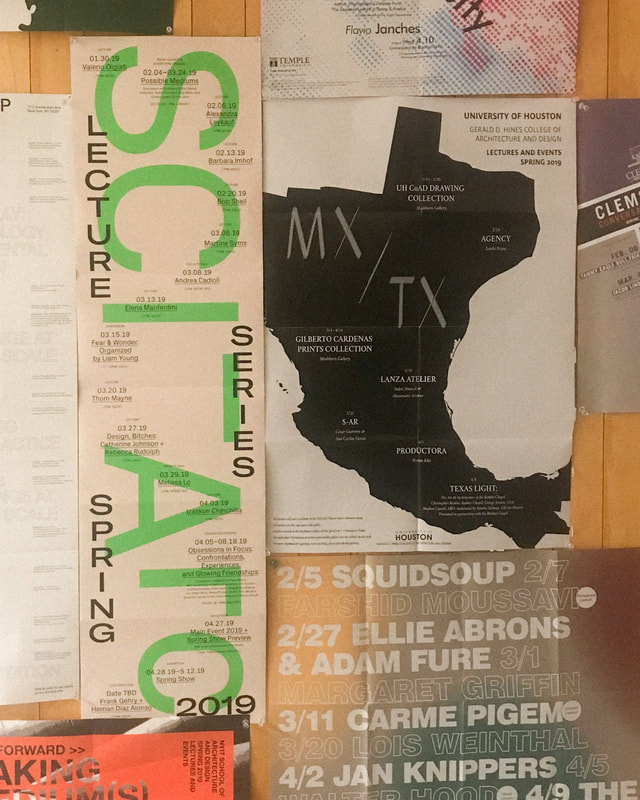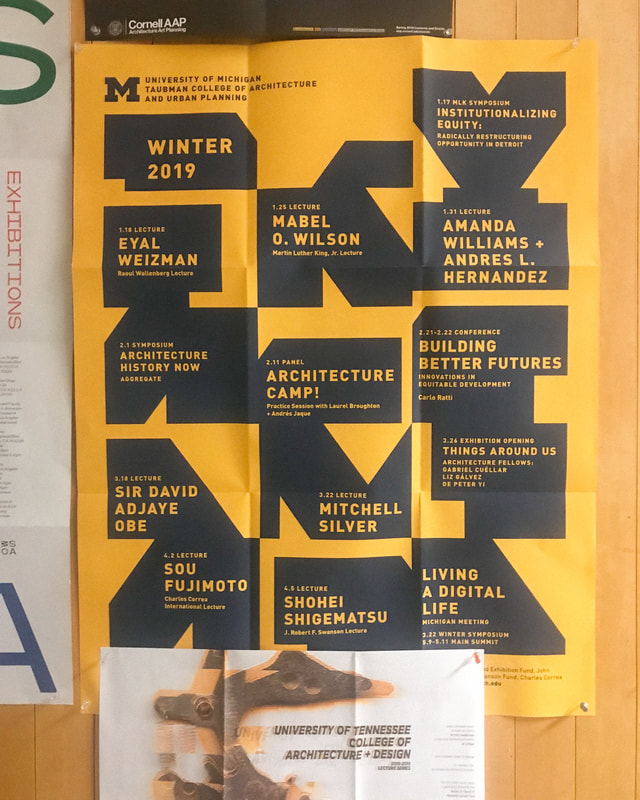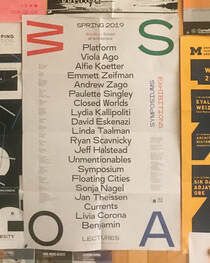|
ABSTRACT: The nature of the "crit" in architecture school creates the wrong incentives. To begin with, the whole thing is too visual. The built environment is more than a visual phenomenon, and the building needs to do more than "look good". Pictures are not enough. Not only that, but they seem to be getting worse. The tolerance for images which contain little real information about a building or landscape, trending instead toward a pastiche of aspirational, emotive and abstract art-scapes is perplexing. Such drawings are like graphs without labeled axes. Do we have to be bad at science to make good art? Architecture students should be concerned when they find it easy to exchange their ability to control, manipulate, and test real information for the flights of their gestural, expressive dreams. “We believe that architecture and design play a key role in addressing complex local, regional, national, and global issues, and that our work will advance a better quality of life for all people.” — UTSOA Vison Statement Is UTSOA “practicing what it preaches?” Certainly, there are indications—more evident in the history and planning curricula—but I worry that the dominant model of architectural instruction is still poorly suited to address the types of complex problems indicated in UTSOA’s mission. The issue seems to be that a studio culture which is still centered around the “crit” tends to value appearances over substance, and conjecture over rigorous inquiry. The structure of a crit incentivizes work that will quickly impress a coterie of academic architects who know little about the project, which, intentionally or not, teaches students to value slick images, technical proficiency, internal coherence, and salesmanship. While these skills are not meaningless in the profession, I believe the school would serve its students better by teaching them how to discover and deliver real value rather than how to sell the appearance of it. Not only does a primarily graphic approach presume that a visual relationship with the built environment is what matters, but more worryingly, I believe it is an inadequate method of investigation, especially into the type of complex, global problems discussed above. Students often talk about affordable housing, for example, without being able to specify whether this is market-rate or subsidized, or with only a vague understanding of how the monetary policy of subsidization is put in effect. This is not their fault; this information is strangely difficult to come by in the halls of Goldsmith. Furthermore, even if it were available, affordable housing is designed in a spreadsheet, not on a drawing board. It is my belief that the kind of “design thinking” which is taught at UT is, at best, a poor way to achieve these ambitious, socially sensitive ends, and at worse, counterproductive — because it is either unable or unwilling to find value.. But if affordability is to be considered an architectural problem, then spreadsheets must be considered an architectural design tool, and an important one, too. If we we want to leverage architecture as a tool to solve complex problems and to genuinely serve the public good, we need to look beyond the studio. The future is daunting — unprecedented immigration flows, rising inequity, and increasingly severe climatic events — but architecture can have a real impact, especially if it has the courage to sacrifice its preoccupation with appearances. Vanity is untenable. What starts here should change the world. Is it? Typical typographic nonsense: in this escalating culture war for attention legibility went out of fashion long ago. Lecture posters for various architecture schools as found in UTSOA Dean's Office, March 2019. * Comments are closed.
|
WritingArchives
January 2021
Categories
All
|


